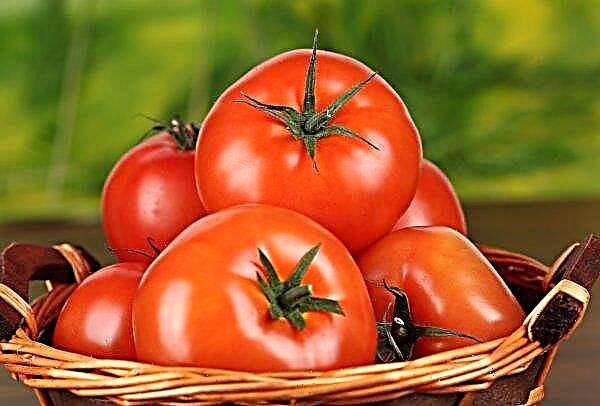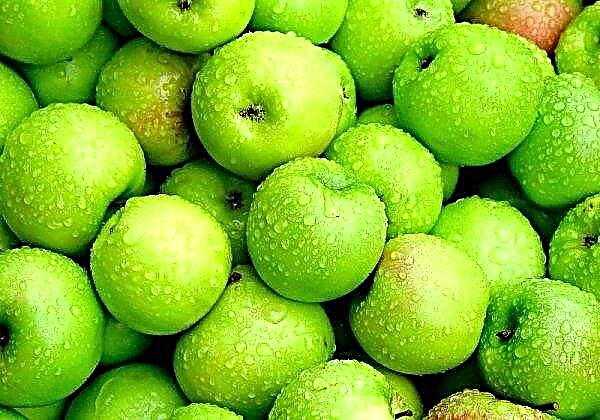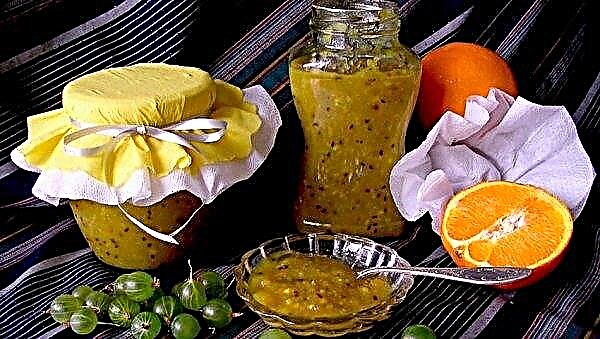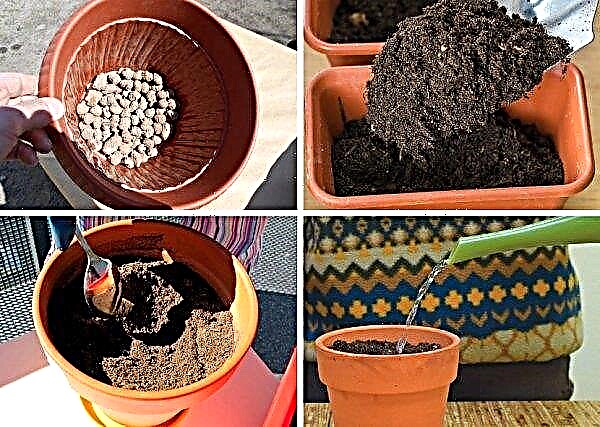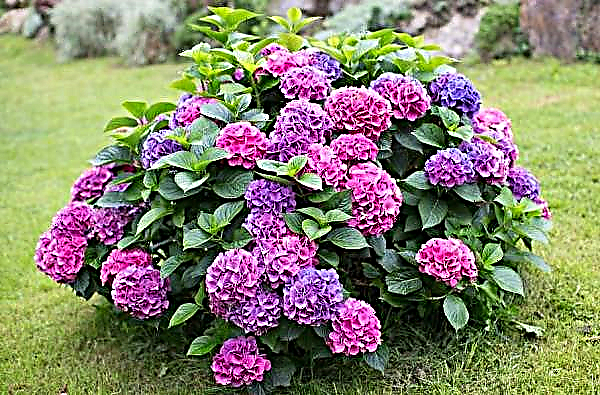Carrots are among the most common vegetables found in our cuisine. In addition, this culture has a whole complex of vitamins and nutrients that will be especially valuable for the body in the cold season. That is why for the winter carrots are so often tried to keep in the basement as long as possible.
Important! It is strictly forbidden to store any vegetables near apples, since these fruits emit ethylene — a substance that spoils root crops.
Features of choosing carrots for storage
The success of long-term storage in the cellar is laid at the initial stage of the correct choice of carrots. This means that it is necessary to adhere to some rules not only when harvesting, but also when choosing a variety for planting. Most often, either mid-ripening or late-ripening varieties are chosen for planting, the collection of which usually begins from mid-September and lasts until mid-October. Harvesting is best done under dry and warm weather conditions. It is best to get a root crop out of the ground with the help of improvised tools, in particular, you can use a pitchfork or a garden shovel. When harvesting, they carefully adhere to the tops to avoid scratches or any other damage that will adversely affect the shelf life. The whole period before laying vegetables in the cellar (1-2 weeks), carrots are dried in a dry, spacious place at a temperature of +13 ... + 15 ° С - this period is called quarantine.
It is best to get a root crop out of the ground with the help of improvised tools, in particular, you can use a pitchfork or a garden shovel. When harvesting, they carefully adhere to the tops to avoid scratches or any other damage that will adversely affect the shelf life. The whole period before laying vegetables in the cellar (1-2 weeks), carrots are dried in a dry, spacious place at a temperature of +13 ... + 15 ° С - this period is called quarantine.
Room preparation and equipment
Carrots are vegetables, the storage process of which is quite time-consuming. To prevent germination and decay, certain conditions are required under which the temperature regime can vary between -2 ... + 2 ° C, and air humidity should not be lower than 90–95%.
Important! If you leave a large segment of the tops, the root crop will constantly germinate, and if cut completely, the root crop will be susceptible to rot and damage.
When preparing the necessary microclimate in the cellar, warming and waterproofing procedures are carried out, as well as protection against groundwater and the ventilation system is checked. The room is being cleaned, garbage and the remnants of last year’s harvest are carried out. It is also necessary to disinfect the cellar with a sulfur checker or slaked lime.
Preparation of root crops for storage
After the carrots are completely dry, immediately before laying it in the cellar, root crops require some preparation for storage:
- cleaning from the earth and dirt (on the condition of clay soils, it is not necessary to clean root crops), while washing vegetables is not recommended;
- rejection of vegetables - for long-term storage only whole, healthy, root crops without visible damage are suitable;
- sorting by size - the largest carrots are stored the longest, so small root crops are used in food in the first place;
- removal of tops - cut with a sharp knife at a distance of about 2–2.5 cm from the fetus.

Bookmark carrots in the cellar
After all the preparatory work, you can proceed directly to the laying of vegetables. There are 8 methods that are recognized as the best by many gardeners. Choosing one of them, you can enjoy carrots until the next harvest:
- Using a drawer with a lid is the most common storage method. In this case, use either a wooden or cardboard box without additional holes, in which no more than 20 kg of root crops are folded. The container itself is placed on a low pallet, at a distance of about 15 cm from the wall - such measures are needed to prevent excess moisture and damp from getting into the boxes.
- In onion peel - An economical and reliable method that allows you to keep root crops dry, preventing their decay and the spread of various microorganisms. Carrots are put in a bag, each layer of which is covered with husk, after which the bag is tightly tied and lowered into the cellar.
- In sawdust of coniferous trees - thanks to the phenolic substances contained in the needles, the spread and development of rot and other diseases becomes impossible. Storage of carrots in this way is possible in any containers or even on open shelves or pallets, avoiding the floor and proximity to the walls.
- Storage by building a pyramid from carrots, each layer of which is covered with sand. The height of such a structure should not exceed 1 m, and some requirements are imposed on the sand - before use it is pierced and sieved, and then sprayed with water from the spray gun. Sand moisture is needed to prevent root crops from drying out.
Video: how to store carrots in the cellar
- Composition of pure sifted sand and chalk powder It is also used for long-term storage of carrots, protecting root crops from diseases and rot. This mixture is poured into wooden boxes with carrots and sprinkled with a layer on top.
- In chalk solution - in this case, a solution of chalk dissolved in water to a homogeneous state is used. Each carrot is dipped in the resulting liquid and then dried. This method prevents the development of various microorganisms that can lead to spoilage of vegetables. On average, processing 10 kg of carrots will require about 200–250 g of chalk powder.
- Clay solution - one of the most effective ways of long-term storage of these vegetables. A small amount of clay is dissolved in water until a uniform liquid mass is formed, into which each root crop is dipped and then left to dry completely. Then lowered into the cellar.
- The use of plastic bags - is not the most effective way. The root crop is tightly packed in a bag with pre-made drainage holes, but not tied. Such bags can stand on the shelves of the cellar or on pallets.
Did you know? Frequent consumption of carrots in large quantities can lead to a golden or yellow skin tone.
Storage time
The first factor that directly affects the shelf life of root crops is the correct microclimate of the cellar, which maintains the necessary temperature conditions (-2 ... + 2 ° C), air humidity (90–95%) and no groundwater. A great influence is also exerted by the selected carrot variety and its size. If the variety that grows on the beds is not exactly known, when choosing it is necessary to focus on the shape of the vegetable - varieties of the canonical form of medium and large size will be stored better and longer. Small-sized root crops quickly become soft, flabby and are not able to rest even until spring.
If the variety that grows on the beds is not exactly known, when choosing it is necessary to focus on the shape of the vegetable - varieties of the canonical form of medium and large size will be stored better and longer. Small-sized root crops quickly become soft, flabby and are not able to rest even until spring.
Did you know? Carrots are 90% water.
The selected method of storing vegetables also has a great influence:
- when stored in clay or chalk solution, in sawdust, husk or covered with sand, the period increases to 1 year;
- subject to storage in boxes or by building a pyramid - from 5 to 8 months;
- using plastic bags - from 2 to 4 months;
- at home (in the refrigerator) carrots can be stored for a maximum of 2 months.

Useful Tips
In order to maximize the shelf life of the harvested crop, There are several recommendations to follow:
- The entire crop must be systematically sorted out, discarding the fruits that have deteriorated, and also cut off the overgrown parts of the tops.
- Small and thin root vegetables are eaten first, because they quickly wilt.
- In cold weather it is better to cover vegetables with felt, which will protect them from freezing.
In general, storing carrots is a fairly simple matter, and by applying simple recommendations in practice, you can store the harvest for a long period and enjoy fresh and healthy root crops all winter and spring.

